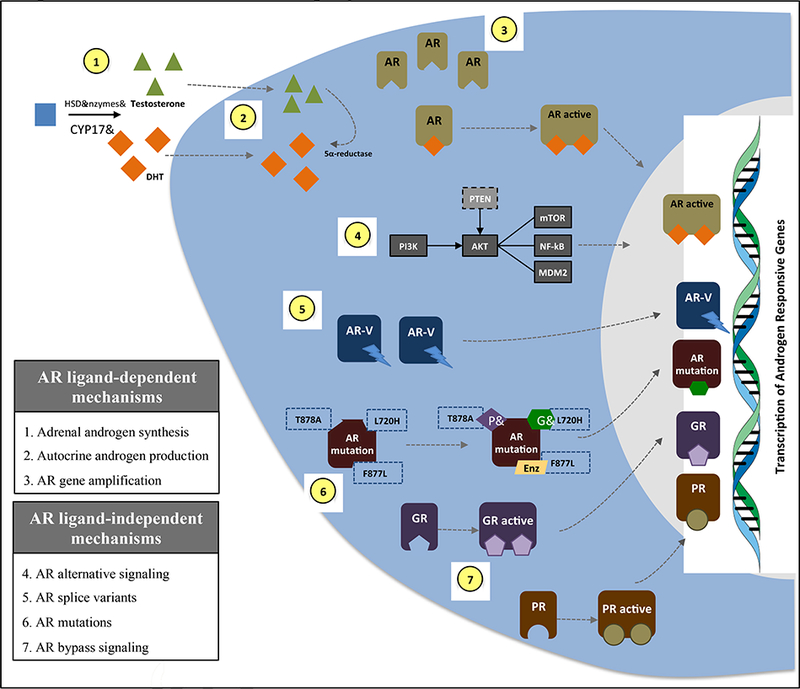Figure 1. Androgen receptor signaling axis and potential androgen-dependent and independent mechanisms of disease progression.

Figure 1 highlights the androgen receptor (AR)-signaling axis, with conversion of testosterone to dihydrotestosterone (DHT) by the 5α-reductase enzyme, and subsequent AR activation, dimerization, nuclear translocation and activation of transcriptional activation of target genes. The figure summarizes potential mechanisms of resistance to AR-signaling inhibitors by using a schematic representation of a prostate cancer cell. Not shown are multiple additional androgen/AR-independent mechanisms of escape including activated Wnt pathway signaling, loss of the RB1 and/or TP53 genes, overexpression of DNA repair pathways proteins including PARP1 and DNA-PK, epigenetic dysregulation (e.g. via EZH2 overexpression), and neuroendocrine/small cell transformation.
Abbreviations: CYP17: cytochrome P450 17alpha-hydroxylase; PI3K: phosphoinositide 3-kinase; AKT: protein kinase B; PTEN: phosphatase and tensin homolog; mTOR: mammalian target of rapamycin; NF-kB: nuclear factor kappa B; MDM2: mouse double minute 2 homolog; AR-V: AR splice variant; P: progesterone; PR: progesterone receptor; G: glucocorticoid; GR: glucocorticoid receptor.
